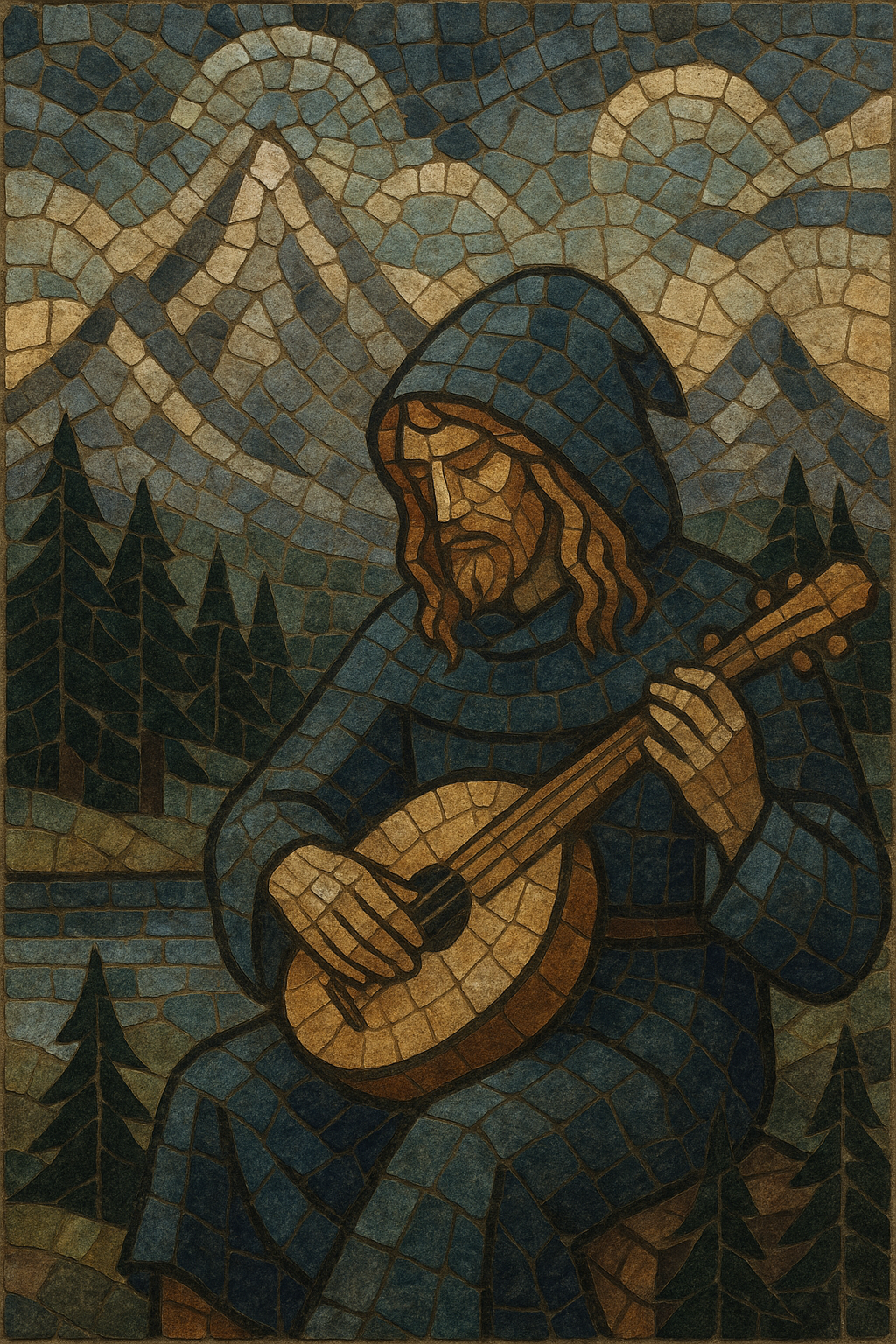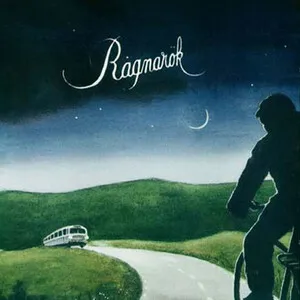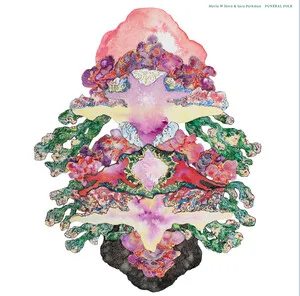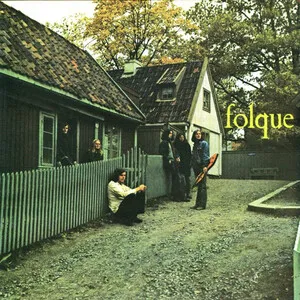Nordic music is an umbrella term for the musical traditions and contemporary scenes of the Nordic countries (Sweden, Norway, Denmark, Finland, Iceland, and associated territories). It encompasses folk traditions, national-classical idioms, jazz, pop, rock, metal, and electronic styles that share a characteristic attention to timbre, spaciousness, and nature-inflected imagery.
Across its many substyles, Nordic music often favors modal melodies, open textures, and a balance of austerity and lyricism. From joik and polska dance forms to national romantic orchestral writing, from ECM-influenced jazz atmospheres to chart-dominant Scandinavian pop, the spectrum blends deep-rooted folk practices with innovative production and global-facing songwriting.
Nordic music coalesced as a recognizable transnational identity in the 19th century, when composers and collectors began to articulate a distinct "Northern" sound rooted in folk traditions and nature-centric aesthetics. Over time, this identity expanded to include jazz, pop, metal, and electronic currents, while retaining a recognizable emphasis on clarity, modal color, and spaciousness.








